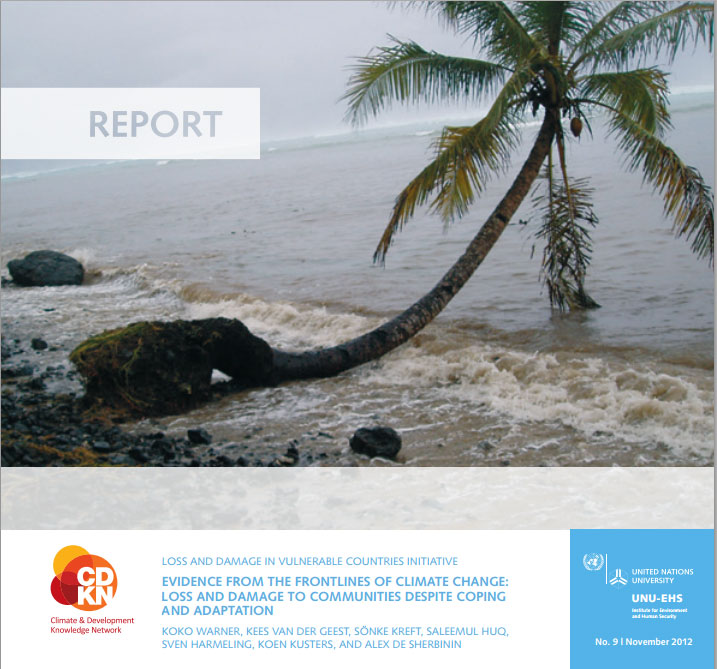Sandeep Goswami • Although my thoughts are more Oriental, as I write on India centric issues, you may find some common thread in reading about how Gandhi, thought about a sustainable village. It is more about adapting what is available around you and giving it a value so that others join. Some would for the cause, some for profit. You would find some Green Business Ideas in my blog, (www.oyeta936.wordpress.com) if they help by modifying to your needs, please feel free to use.
Tag: COP 18
The Crystal Future Life Video
What steps can individuals, businesses or world leaders take to address the most pressing and often interrelated water and energy challenges?
Interested in going really deep on the water-energy nexus? Take a look at this year’s blogging contest to win a trip to Abu Dhabi, courtesy of Masdar.
Now’s your chance to travel to Abu Dhabi to see what’s happening yourself.
As a lead-up to Abu Dhabi Sustainability Week, January 13-17, Masdar is sponsoring a blogging contest called “Engage: The Water-Energy Nexus.” The winner will be invited to Abu Dhabi as VIP media to cover the week’s high-profile events.
Welcoming an expected 30,000 people from 150 countries to high-level panels, plenaries and events, the week promises to be an exciting and busy one – and Masdar wants you to be there blogging and tweeting about all the action.
The winning content will also be featured at www.masdar.ae
Among the more serious issues in the sustainability conversation today are those concerning resource scarcity and the insatiable global appetite for energy. Water, especially, has cropped into view as the most serious resource constraint of the 21st century – a “new oil” bound to define opportunity and conflict for generations.
It may not be immediately obvious, but water and energy are deeply intertwined. Tremendous amounts of water are used in the generation of both electricity and liquid fuel – even oil requires 40l of water for every liter of oil produced (new sources like Canadian tar sands are far higher). Water-free sources of energy like photovoltaics and wind power still require large amounts of water in their manufacturing phase.
To make everything more complicated, fresh water supplies are increasingly scarce & unpredictable – especially in the developing world. Hence what we call the “water-energy nexus” is emerging as a key topic of conversation at all levels of government and industry.
So how do we get out of this mess?
Simply put, saving water saves energy, and vice versa. In most cases, finding ways to use water more efficiently will also result in a savings of energy. Maintaining awareness of this relationship can help nations and industry prioritize efficient use of both water and energy. Whether or not doing so is a “good idea” is a moot point – it is now a necessity, and any company or country that fails to recognize this efficiency imperative is bound to start losing money and investment in time. This goes double for areas of the world where water is scarcer than others – especially where energy intensive desalinization is needed for drinking water.
Energy and Water Fast Facts
- The water-energy nexus is the relationship between how much water is used to generate and transmit energy, and how much energy it takes to collect, clean, move, store, and dispose of water.
- 40% of the world’s population is expected to live in water scarce-regions by 2025.
- 27% of the urban population in the developing world does not have piped water in its house.
- Globally, we use 70% of our water sources for agriculture and irrigation, and only 10% on domestic uses.
- Total electricity consumption of the water and wastewater sectors will grow 33% in the next 20 years.
- 99.7% of all the water on earth is not available for human and animal consumption.
- 52% of total global water desalination occurs in the Middle East.
The good news is that the water-energy nexus presents a tremendous business opportunity. Startups around the globe have emerged to introduce new technology designed to track and measure water & energy use, modify existing technology to use less, and create brand new technology. Governments too can encourage existing industry to evolve by pricing water and energy at realistic (read: higher) levels.
***
Loss and damage to communities despite coping and adaptation. Loss and Damage in Vulnerable Countries Initiative.
Download the full Report here (86 pages)
http://www.loss-and-damage.net/download/6815.pdf
Warner, Koko, van der Geest, Kees, Kreft, Sönke, Huq, Saleemul,
Harmeling, Sven, Koen Kusters and Alex de Sherbinin (2012).
Evidence from the frontlines of climate change: Loss and
damage to communities despite coping and adaptation. Loss
and Damage in Vulnerable Countries Initiative. Policy Report.
Report No. 9. Bonn: United Nations University Institute for
Environment and Human Security (UNU-EHS).
25 years ago since the first emissions trading – Glastonbury U.K.
Honor of the COP 18/CMP 8 Climate Change Negotiations final Day
On 6 December 1987, 25 years ago, Maureen’s Pet shop of Glastonbury in (Somerset) bought carbon offset corresponding her pet shop’s total emissions, as calculated by the Carbon Markets Association. The compensation was done with tree planting and was the world’s first. Since then, only the CDM market has offset emissions of over a billion metric tonnes of CO2.


